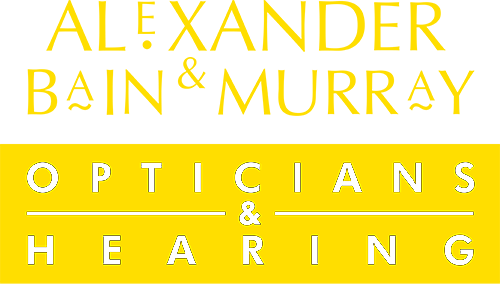Back to School!
Back to School!
Now that summer has ended we return to our autumnal routines, the kids go back to school and the days get
shorter and shorter. For most people that also brings in some very bad habits – less exercise, more comfort food and too much screen time!
It may seem like a myth we were told as kids to keep us outside and leave the adults in peace but spending time outdoors is truly good for the eyes, especially the young, developing eyes; the natural light and the myriad details in nature encourage our eyes to work and to process all we can see, letting the eyes grow at their natural pace.
The exact opposite happens when we spend long hours indoors staring at phones, tablets and laptops where the persistent focusing on a single close working distance can actually interfere with the eyes growth and development and push the eye into becoming more short-sighted, ie. blurry in the distance.


Myopia, or short-sightedness, progresses with growth, so if a primary school age child becomes myopic their eyes will continue to worsen throughout their growing years – this is irreversible in almost every case. At present, spectacles will help the myopic eyes to see but they can not control the progression of the problem.
New methods of myopia control are constantly being investigated and the current leading technology in that regard are myopia control contact lenses – these act to slow the growth of the myopic eye therefore reducing the progression of the myopic change.
Myopia brings not only poor sight but also health complications as the physical structure of the eye can be weakened by unnatural eye growth patterns seen in myopic children.
Studies shows there are more myopic children every year and children have access to electronic devices at younger and younger ages, all of this suggests that we are only at the beginning of a myopia explosion.
Therefore, it is vital that all children have their eyes examined regularly and their screen time minimised when possible so that together we can help slow down the progression of potentially sight-threatening eye changes.
By Ronan McHugh



Myopia Management
Myopia Management Child short-sightedness At your child's eye exam, does it worry you that they…

Does you child struggle with their reading? Learn more about the links to visual stress and dyslexia.
Here at Alexander Bain and Murray Opticians and Hearing, we can carry out some specialised…
